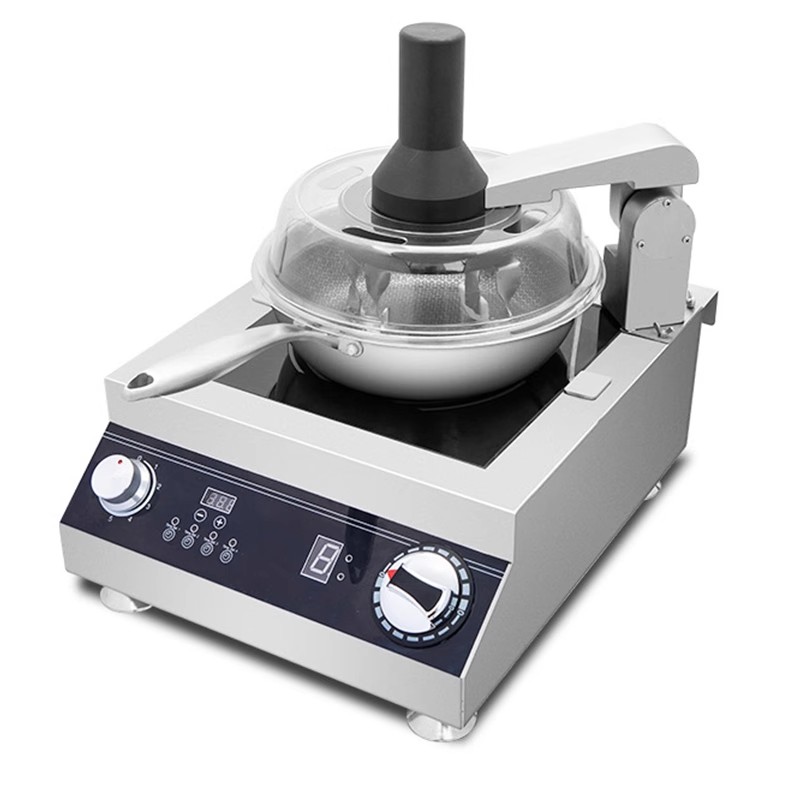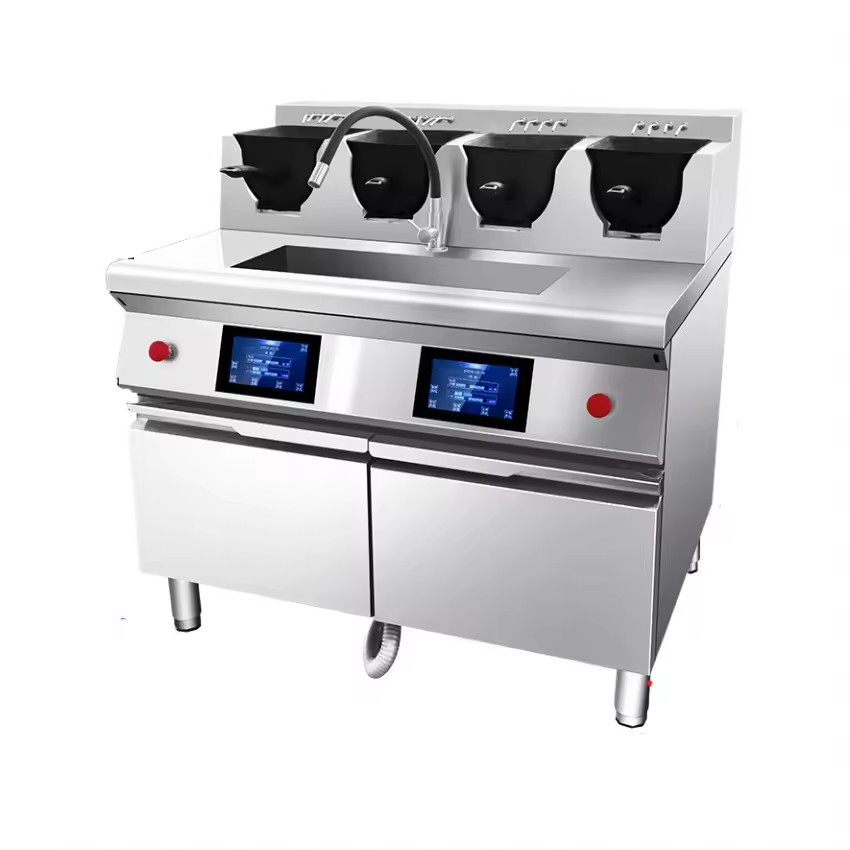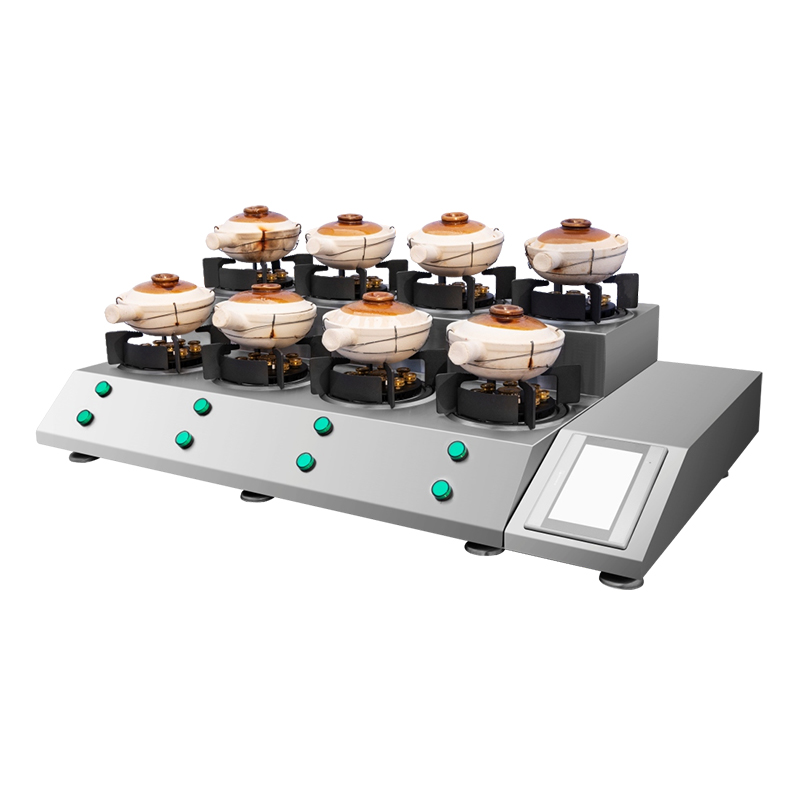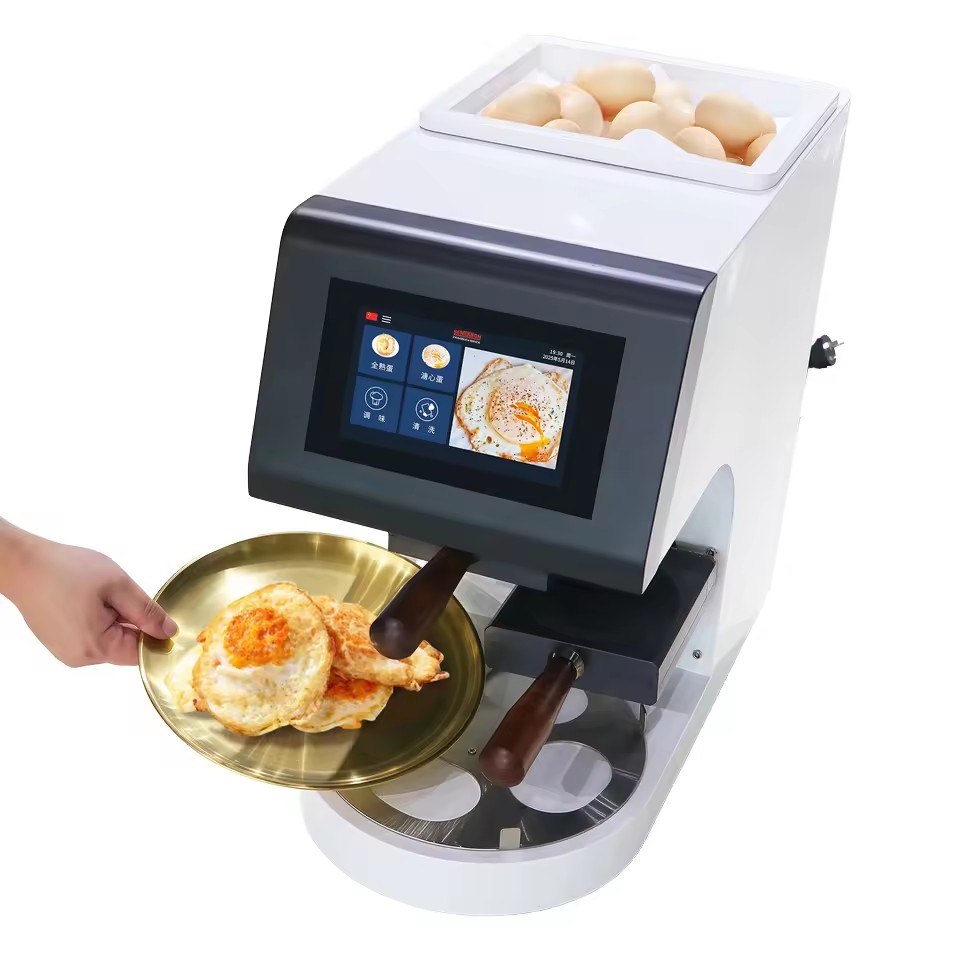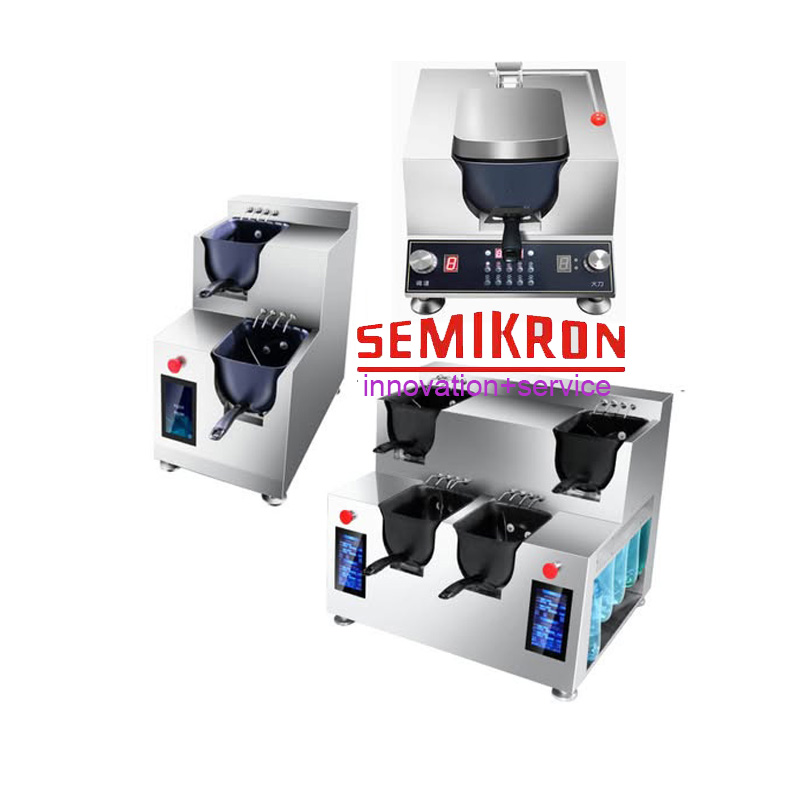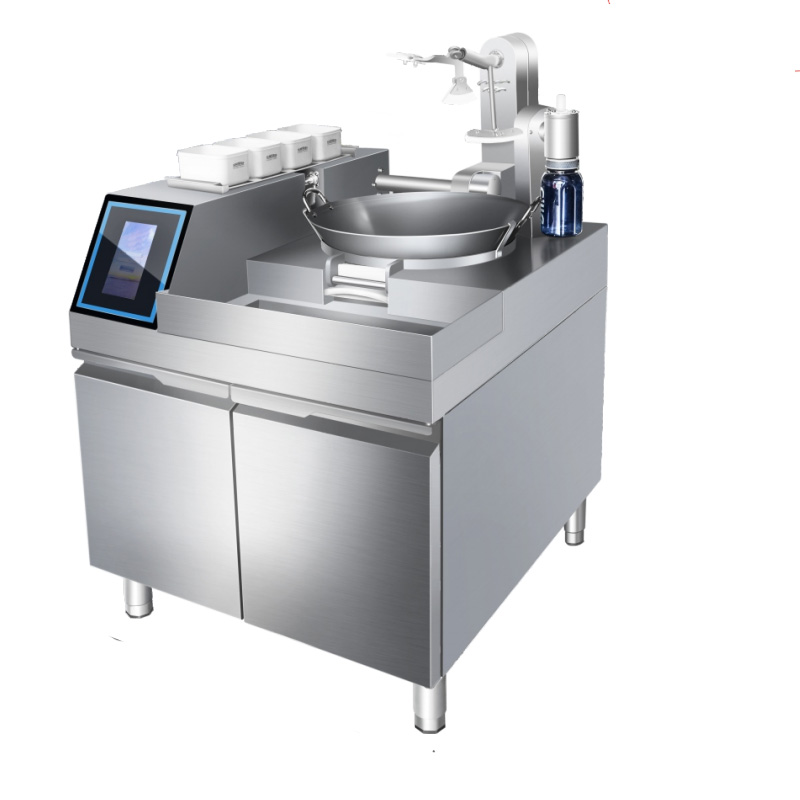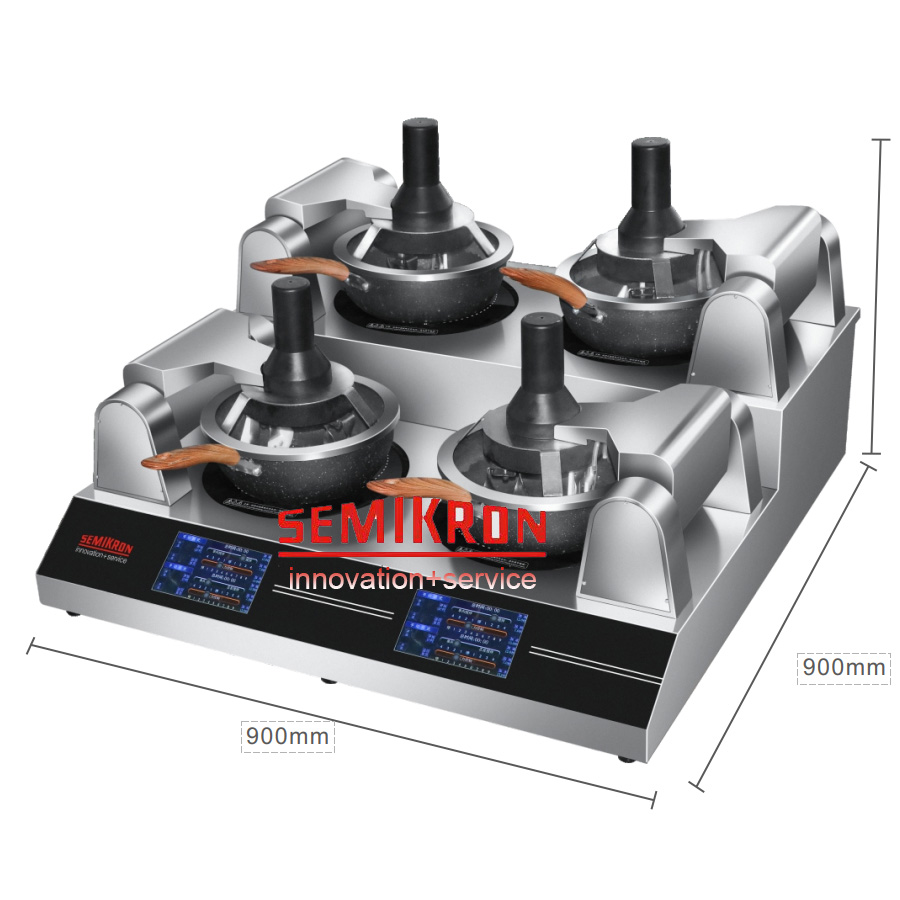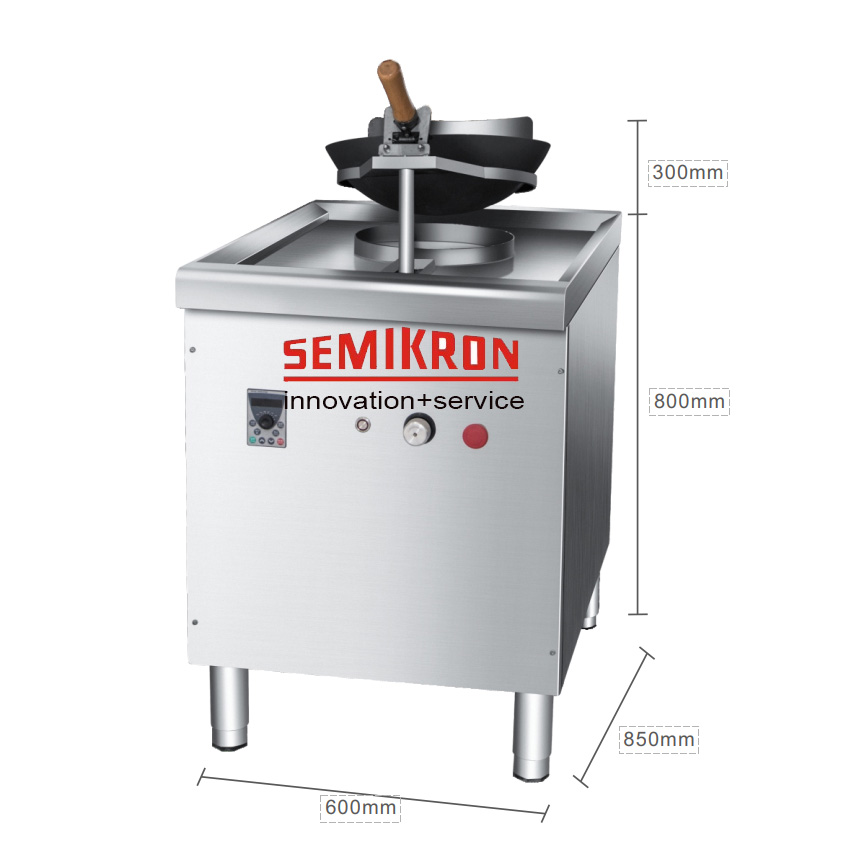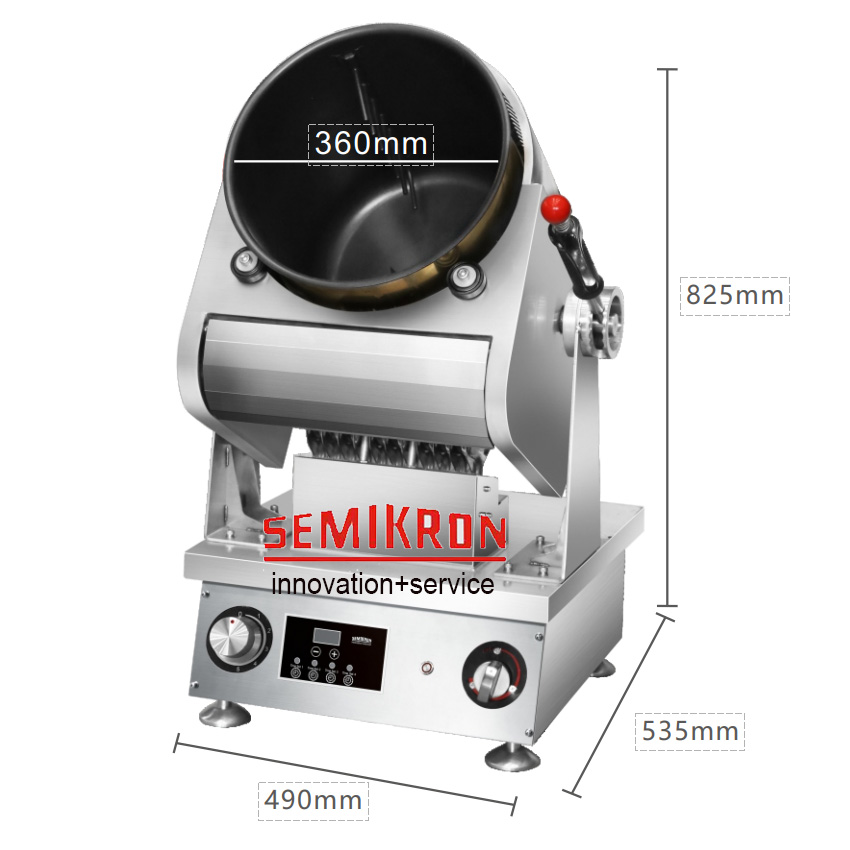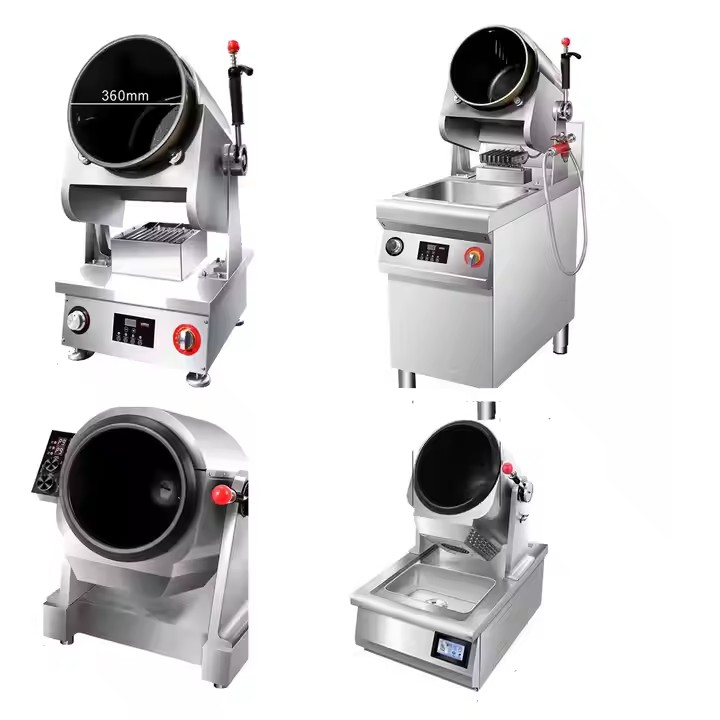Semikron's Smart Cooking Robots Debut in S. Korea, Standardizing Mala Xiangguo Production
As Sichuan-style spicy dishes like mala xiangguo (spicy stir-fried pot) gain soaring popularity among young South Koreans, intelligent cooking robots developed by Foshan Semikron Electronic Technology Co., Ltd. have recently made their debut in multiple Chinese restaurant chains in Myeong-dong, Seoul. The CE-certified kitchen equipment has successfully addressed the dual challenges of labor shortage and flavor inconsistency in South Korea's Chinese restaurant industry, enabling standardized mass production of authentic Sichuan-style mala xiangguo .
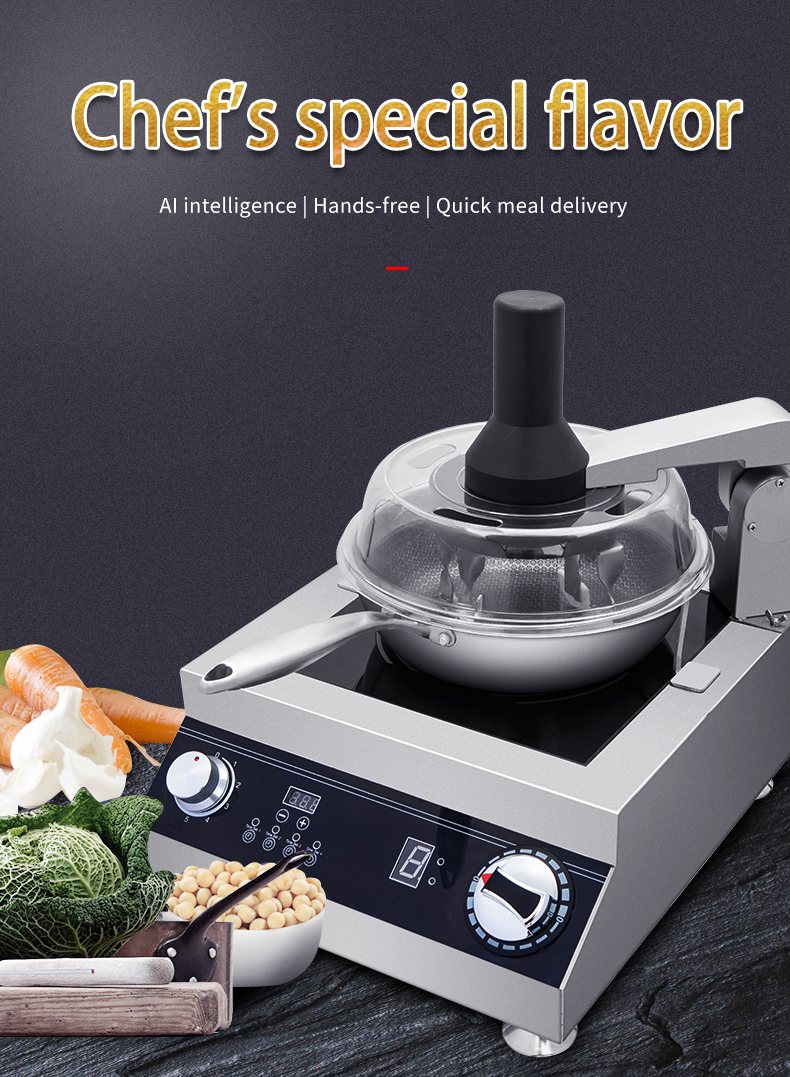
In the kitchen of "Chuan Xiang Yuan" restaurant in the Myeong-dong commercial district, two Semikron floor-standing drum-type cooking robots were operating simultaneously. After chefs load pre-prepared ingredients such as fish balls, spam, and lettuce in fixed proportions, they simply select the "Classic Mala Xiangguo" program on the touchscreen. The device then automatically activates 360-degree planetary stirring, paired with an electromagnetic heating system accurate to ±5℃ for stir-frying. "We used to need 3 chefs to cook mala xiangguo during peak hours, and the flavor would fluctuate with their fatigue. Now one person can manage 4 machines, and every pot tastes exactly the same," said Kim Min-cheol, the restaurant manager, noting that order fulfillment efficiency has increased by 60% while labor costs have dropped by nearly 40% since the robots were introduced.
In an interview, Zhang Ming, Semikron's Asia-Pacific Business Director, highlighted three key upgrades tailored to the South Korean market: "First, we optimized the heating curve with 180 seconds of high-heat searing followed by low-heat simmering to replicate the 'wok hei' (breath of the wok) of traditional iron pan cooking. Second, we added cooking parameters for local ingredients like rice cakes and fish cakes. Third, we enhanced the cleaning system - the built-in high-pressure water gun can clean oil stains in just 3 minutes, complying with South Korea's strict food safety standards." The robot stores 1,000 preset recipes, with sauce dispensing accuracy reaching 0.1 grams for mala xiangguo, fundamentally solving the industry's reliance on chefs' experience .
This technological breakthrough aligns with South Korea's growing trend toward culinary automation. According to the latest data from the Korea Restaurant Association, Chinese restaurants in South Korea face a labor shortage of 23,000 workers this year, while the commercial kitchen robot market has grown by 58% year-on-year. Previous local equipment was limited to simple dishes like fried chicken and burgers, but Semikron's robots - backed by over 200 patents - have become the first imported devices capable of stably preparing complex Chinese stir-fries. Currently, 12 Chinese restaurants in Busan, Incheon, and other cities have deployed the robots, with plans to add localized recipes like budae jjigae (army stew) and tteokbokki (spicy rice cakes) . At a tasting event in Myeong-dong, South Korean food blogger Lee So-yeon commented after trying the robot-made mala xiangguo: "The numbing and spicy levels are more balanced than many Chinese restaurants, and the ingredients are perfectly cooked." Her review video garnered over 100,000 likes on social media, making "robot-cooked mala xiangguo" a trending topic. In a video interview, Li Bin, Semikron's Chairman, stated the company's vision: "Where there is an intelligent kitchen, there is Semikron." With equipment already in Chinese restaurants across 20 countries, the South Korean market marks another key milestone following Singapore and Malaysia. "We will collaborate with local ingredient suppliers to develop more adaptive models, advancing the globalization of standardized Chinese cuisine," Li added .


